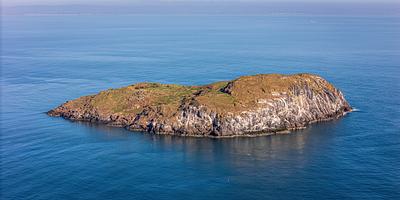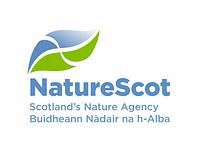
Craigleith
Craigleith is a small island less than half a mile from the Centre.
There is a rich variety of seabirds and marine life and it is a particular hot spot for puffins. It is also a key island for the SOS Puffin Project.
The Scottish Seabird Centre offers the chance to see wildlife in its natural habitat. This is live activity that visitors to the Discovery Experience are controlling. The footage is transmitted live from our solar powered cameras. The recent upgrade to the Craigleith camera is supported by the NatureScot Nature Restoration Fund.
If the live screen appears black or frozen, the cameras may have been switched off, to allow researchers on the islands to carry out their work or we may be experiencing technical problems with them (particularly in winter as our cameras are solar powered). We apologise for any inconvenience.
Craigleith once supported a very large puffin colony of about 10,000 breeding pairs. Numbers crashed dramatically due to an alien plant invasion of tree mallow (Lavatera arborea) a giant plant which grows up to 9ft, choking the puffin burrows and preventing the birds from nesting and rearing their chicks - these are called pufflings.
The Forth Estuary supports one of the largest colonies of breeding grey seals on the east coast with up to 4,000 pups born each autumn, mainly on the Isle of May but also in increasing numbers on Inchkeith and Craigleith.”
If you take any nice photos of Craigleith, please share them with us on Facebook, Twitter or Instagram with #Craigleith #SeabirdCentre #seabirddays.
Our new webcams were supported by the NatureScot Nature Restoration Fund.
If you like what you see, why not visit the Discovery Experience and control the cameras for yourself. You can extend your Seabird experience with a seasonal boat trip.

